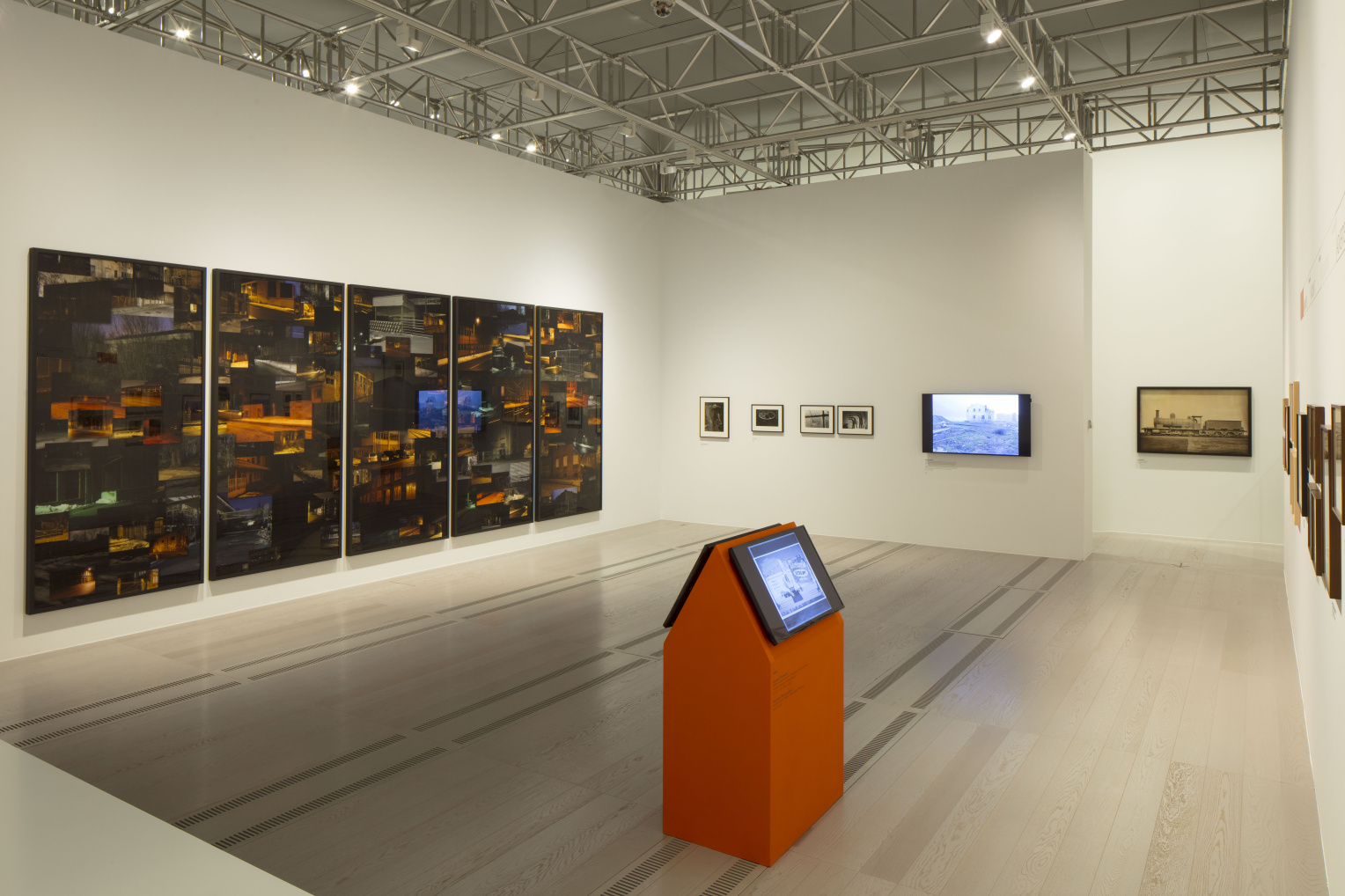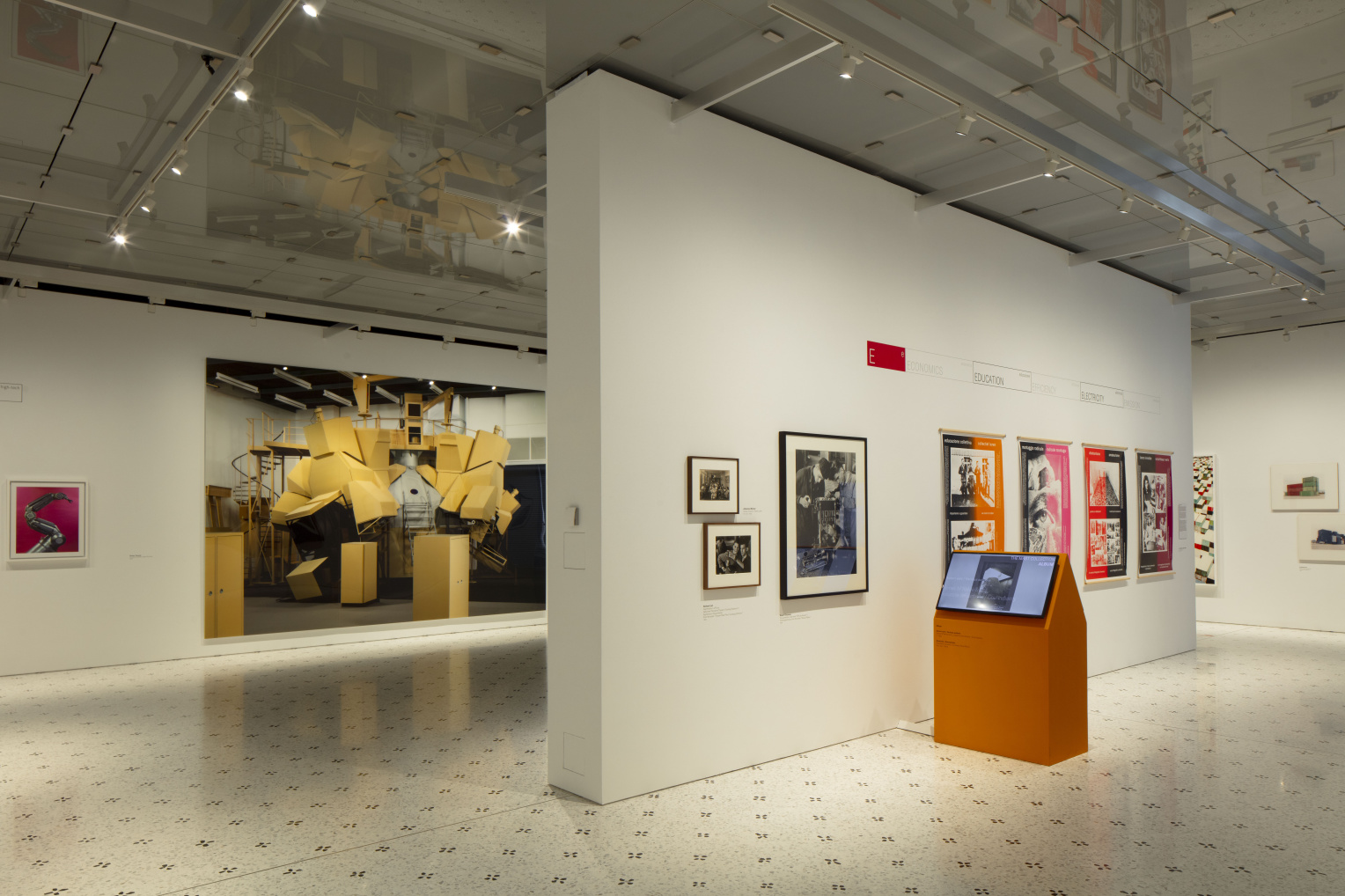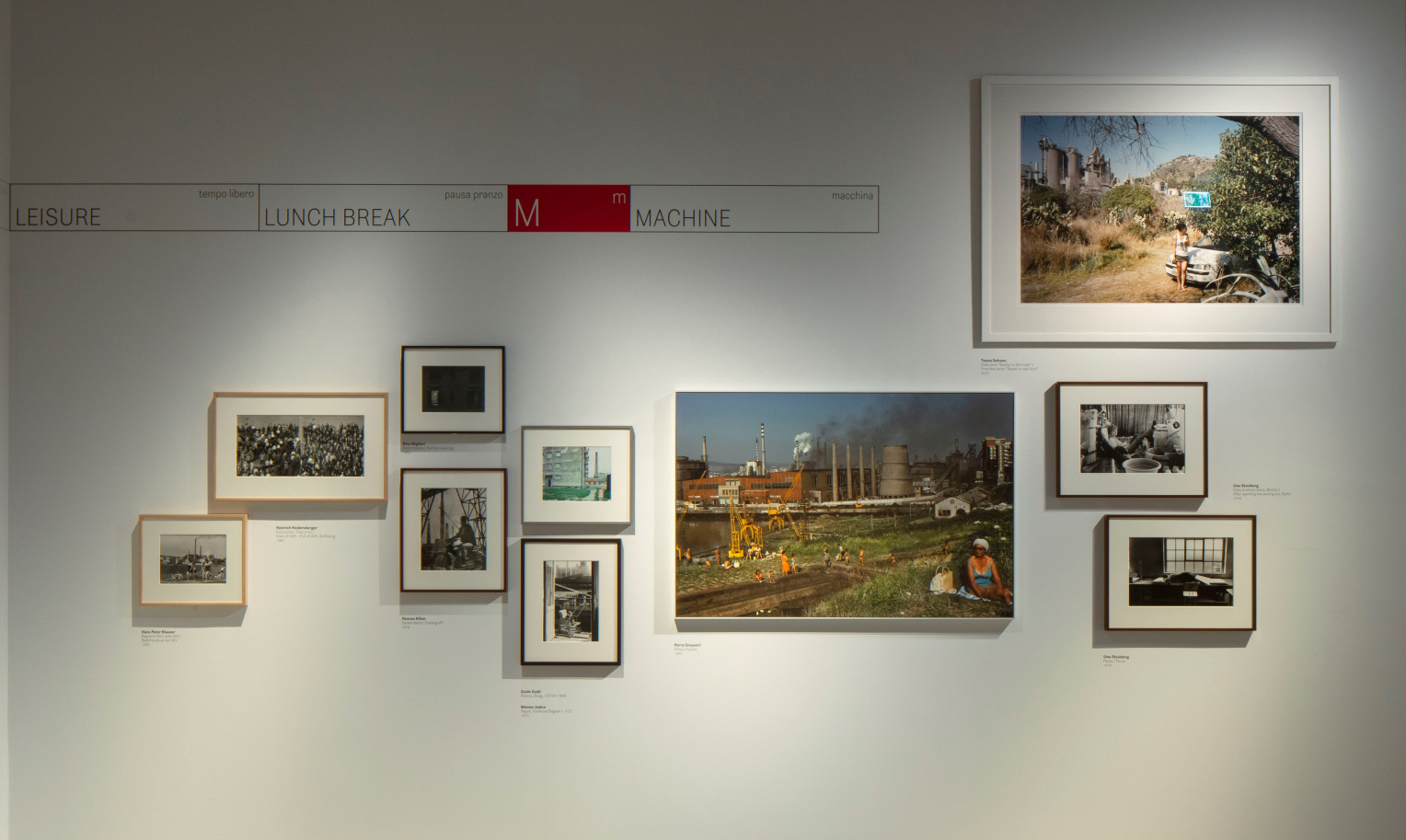For the last 10 years, slowly but steadily, an extensive collection of photographs and videos on the themes of "Industry, Technology and Work" has been developing. So far, it includes about 6000 photographs by photographers, photographers and artists known by name, sometimes famous. It also has a large series of albums with another 3000 to 4000 photographs, often taken by unknown photographers, for example by an engineer who was in charge of the construction of a large dam for a power plant, photographing the growth of the project step by step and binding his own photographs in leather at the end of the construction project.
The collection of the Fondazione MAST pursues two things at the same time: on the one hand, it conducts - through photography and video - basic research, causal research, visual historiography, following the production processes, but also the results, products, conditions and consequences in industry, technology and the world of work. On the other hand, it is also a collection of photographs that strives to unite the most convincing, strong, impressive, also rare, rare images of this little-noticed world. It wants to be a collection of precious photography and also an archive of visual testimonies of the industrial world, of the history and the present of industry. And both does the owner Isabella Serágnioli does out of appreciation, out of respect for the work, the workers, the employees in the factories and plants of Coesia.
To make the collection accessible, eloquent, informative in excerpts for this exhibition, we use a series of terms, themes, professions, of functions and evaluations from the world of industry and work, to which we assign the approximately 500 photographs and 10 videos. To be precise, there are 53 terms, so to speak 53 chapters in the exhibition, into which the photographs are exhibited. But we play with far more terms than we have chapters, to help us all imagine how large and complex the network of terms, functions, designations has to be in order to be able to present and discuss processes, productions and products from the large fields of industry, technology and work.
The terms are arranged alphabetically, ranging from "Abandoned", "Accident", "Advertising" to "Waste", "Water", "Wealth" and "Worker". Boldly blackened are the themes that are dealt with in the exhibition, in normal type those that are also thought about. The connections, interfaces, that arise through the visual alphabet are often unexpected, sometimes apt, but hopefully always refreshing, and thus stimulate open-ended reflection.
The same happens with the photographers and artists. The many chapters feel like small villages where old and young, rich and poor, artisans and brain workers live together, or like factory areas where 250 and more professions are easily united. Here different attitudes, different perceptions and designs meet. Documentary photography meets staged, conceptualized art, old papers and processes like albumen prints meet the latest digital prints or inkjet prints, charcoal-black prints meet brightly colored prints. In terms of time, we have only separated the 19th century, i.e. the early days of industrialization and the history of photography.
Curator: Urs Stahel






